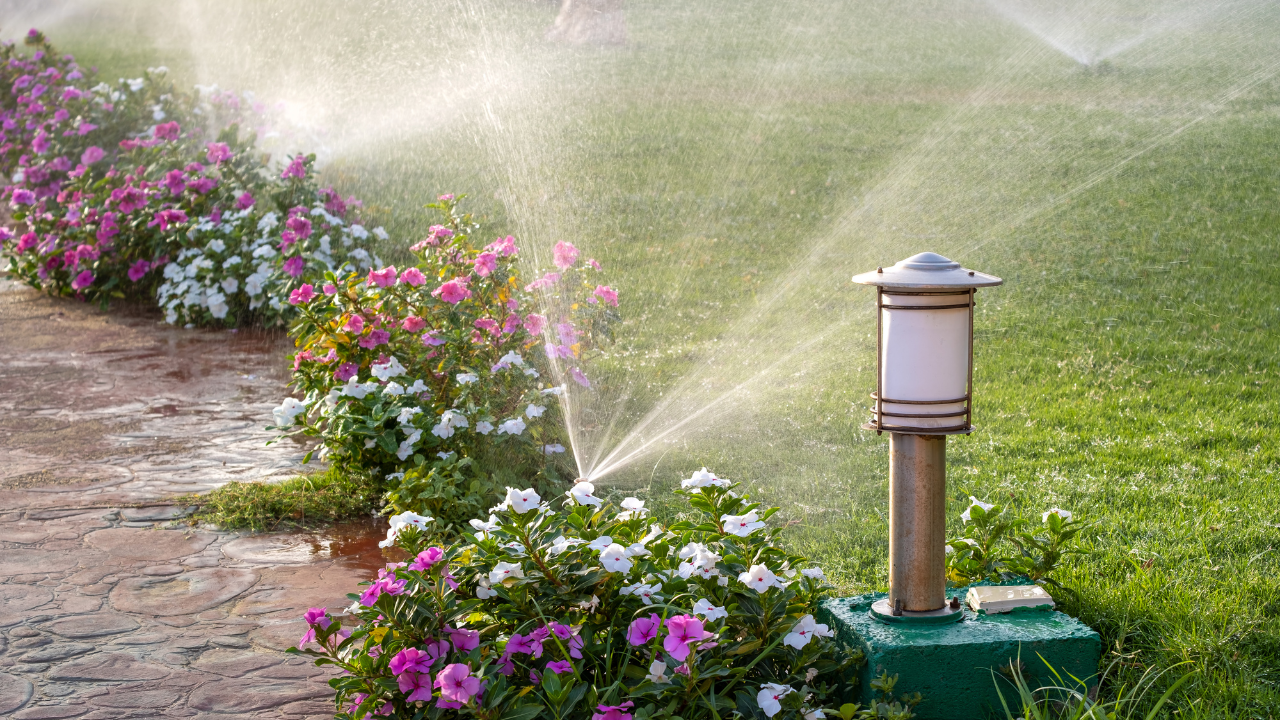A vibrant, lush lawn is the pride of any homeowner, but achieving and maintaining that perfect green carpet requires more than just regular mowing and fertilization. Proper watering is essential to keep your lawn healthy and beautiful. Overwatering, underwatering, or inconsistent watering can lead to a host of problems, from disease to a lackluster appearance. In this post, we’ll share the best practices for watering your lawn to ensure it thrives year-round.
Water Deeply and Infrequently
One of the most important principles of effective lawn watering is to water deeply but less frequently. This encourages the roots to grow deeper into the soil, making your lawn more drought-resistant and resilient. Aim to water your lawn so that the soil is moistened to a depth of about 6 inches. Typically, this means providing about 1 inch of water per week, including rainfall.
Water Early in the Morning
The best time to water your lawn is early in the morning, between 6 a.m. and 10 a.m. During this time, the temperature is cooler, and the winds are usually calmer, which means less water is lost to evaporation. Morning watering also gives the grass blades time to dry out during the day, reducing the risk of fungal diseases that thrive in moist conditions.
Adjust Watering Based on Season
Your lawn’s watering needs will change with the seasons. During the spring and fall, when temperatures are cooler and there is usually more rainfall, you may need to water less frequently. In contrast, the hot, dry summer months will require more regular watering to prevent your lawn from drying out. Always adjust your watering schedule based on the weather conditions and the specific needs of your grass type.
Use the Right Tools
Investing in the right watering tools can make a significant difference in the health of your lawn. Sprinklers are ideal for large lawns, while hose-end sprayers or drip irrigation systems are better for smaller areas or gardens. Consider using a smart irrigation controller, which adjusts watering schedules based on weather data and soil moisture levels, ensuring your lawn gets the right amount of water at the right time.
Avoid Overwatering
Overwatering is just as harmful as underwatering. Too much water can suffocate the roots, leading to shallow root systems and making your lawn more susceptible to disease and pests. Signs of overwatering include water pooling on the surface, a spongy feel underfoot, and the presence of mushrooms or fungus. To prevent overwatering, use a rain gauge or soil moisture sensor to monitor the amount of water your lawn is receiving.
Water Evenly
Ensure that your lawn receives an even amount of water by regularly checking your sprinklers for clogged nozzles or uneven coverage. Overlapping sprinkler zones can also help achieve more uniform watering. If you notice dry spots or areas that are consistently wetter than others, adjust your sprinkler heads or reposition your hoses to address these issues.
Monitor and Adapt
Regularly inspect your lawn for signs of stress, such as wilting, discoloration, or uneven growth. These can indicate issues with your watering routine that need to be addressed. Additionally, stay informed about local water restrictions or guidelines, and adapt your watering practices accordingly to conserve water while maintaining a healthy lawn.
By following these best practices, you can ensure that your lawn receives the right amount of water to stay lush, green, and healthy. Remember, a well-watered lawn is the foundation of a beautiful landscape. If you’re unsure about your watering routine or need expert advice, consider reaching out to a professional lawn care service to help you achieve the lawn of your dreams!

